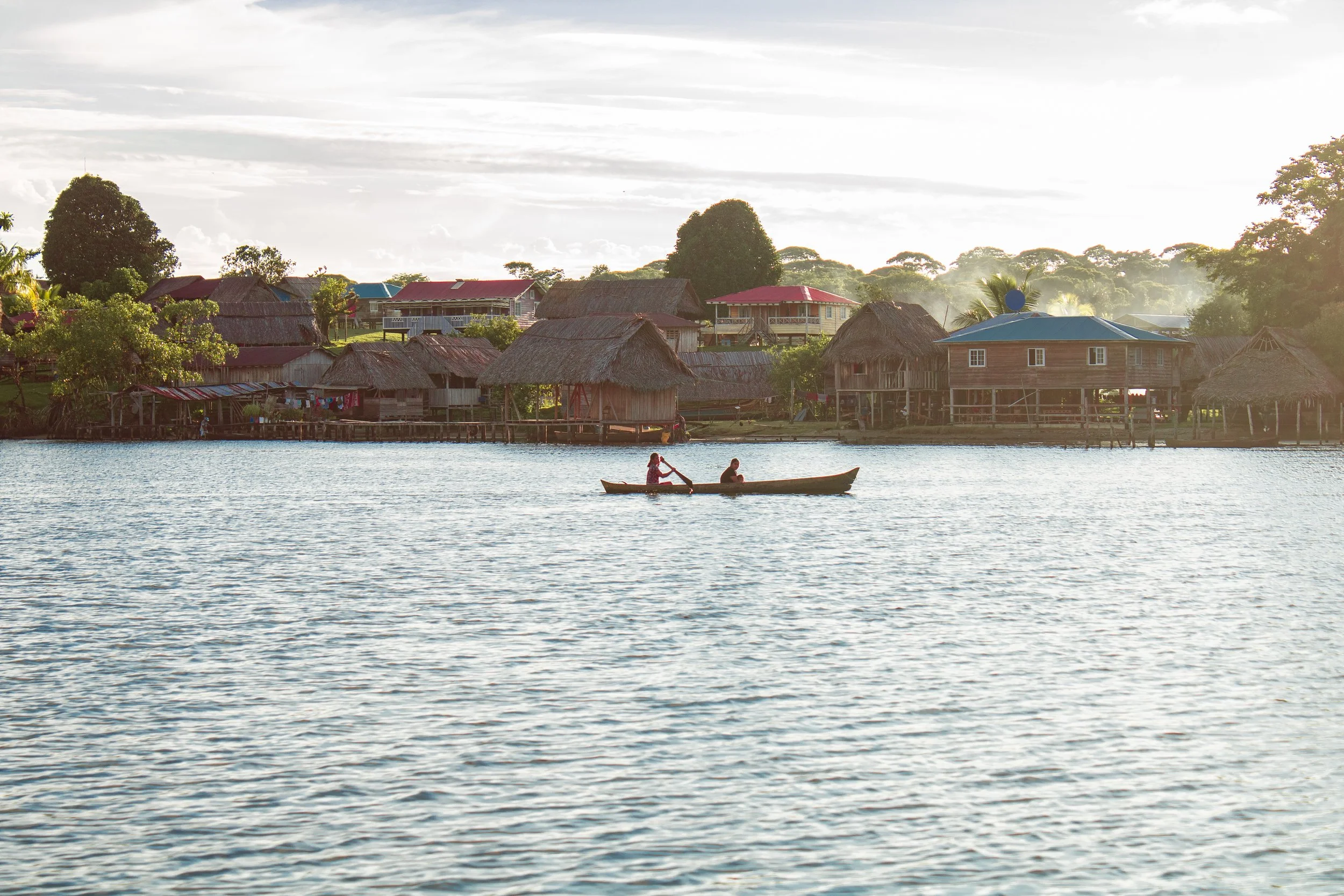In Panama, Ancestry and Preservation
Mario Castrellón, chef at the Maito restaurant, embraces the indigenous community in order to care for and polish the indigenous gastronomic culture in favor of sustainable tourism. by Joana Munné, Versatille, November 2024 (Photos by Víctor Miller)
About an hour and a half by plane from Panama City, towards the border with Costa Rica, in the northwest of the country, is Bocas del Toro, one of the best-known and most publicized tourist destinations in Panama, for its paradisiacal islands in the Caribbean Sea. Composed of a large continental extension, with protected green areas and rich biodiversity, and an archipelago formed by more than 200 islands, many of which are uninhabited, the region of crystal clear turquoise waters and coral reefs still reserves an authentic Caribbean culture, with communities natives isolated from the world, and thus protected from food pasteurization. It is precisely in one of them, the small community of Rio Caña, located three hours from Bocas del Toro, on a speedboat and canoe route, that Mario Castrellón, chef of the restaurant Maito, sixth placed in the Latin American ranking of 50's Best Restaurants, has been working at the invitation of biologist Felipe Baker, native to the community, to strengthen the gastronomic roots, ingredients, techniques and culinary knowledge of the Ngäves ethnic group. The project, entitled Ari Ugüenrien, is led by 15 women guardians of the community's gastronomic tradition who came together to make their indigenous cuisine the engine for transforming and sustaining the region's economy. The idea, created in partnership with the Sea Turtle Conservancy – the most successful non-profit organization in the region, in which Baker also works – is to take advantage of the flow of tourists to Escudo de Veraguas island, a natural sea turtle preservation area. , with exuberant beauty and biodiversity, located just minutes from Río Caña, to promote the preservation of gastronomic culture in a sustainable way.
“I am sure that through gastronomy we can be agents of transformation”, says Castrellón, whose first contact with the community of the Ngäbe-Buglé region took place in 2021. “Getting to know the culinary traditions of Río Caña up close was a revealing trip, of great gastronomic richness, which can be used as a tool for change and sustainable growth”, adds the chef. Through these empowered women, who wear colorful dresses and smiles on their faces, Castrellón discovered the peculiar flavors of fish, lobster, peppers, herbs such as coriander and local fruits – some of which were readily included in the menu of her restaurant in Panama City. as well as recipes and techniques that are on the verge of extinction, but that cannot be lost. This is the case of Mrögnodo, a type of pasta made from a type of native, primitive banana, baked in the leaf.
Just as the name of the project says – Ari Ugüenrien means “let us cook together” in Ngabere – the chef’s technical knowledge and the ancient knowledge of the indigenous community came together to transform rough diamonds into jewelry ready to be discovered all over the world. In this joint work in the kitchen, ingredients such as fern sprouts were valued, gaining a new look and name. Renamed “jungle asparagus”, the abundant ingredient, traditionally consumed as a questionable-looking puree, was simply blanched and pulled in fat, preserving not only the flavor but also the exotic appearance that was impossible to refuse.
Another typical combination of flavors that was upgraded with the partnership was lobster stew with dashin (local leaf), which started to serve as a filling for a banana-based tamal (buchú). Montage that preserves local identity, but adds a minimal touch of contemporary to transform local ingredients into innovative gastronomic experiences, attracting tourists interested in discovering cultures not yet contaminated by colonization.
After the first stage of diving into ancestral knowledge and polishing the presentations, the project now continues to contribute to the development of the community with the creation of a suitable space – kitchen, restaurant and huts – so that local women can exercise their culinary skills and welcome tourists in a sustainable way in the region.
These are initiatives that, by strengthening communities, preserving traditions and incorporating ancestral knowledge into haute cuisine, redefine the role of chefs as agents of change and the kitchen as a space for innovation that goes beyond the dish, to impact cultures and economies. As Massimo Bottura and David Hertz have already proven, with Refettorio Gastromotiva, in Rio de Janeiro, Gastón Acurio, in Peru, René Redzepi, with the forays of the Noma restaurant with pop-ups around the world, or even Alex Atala, with the ATA Institute and his work with Amazon communities.





